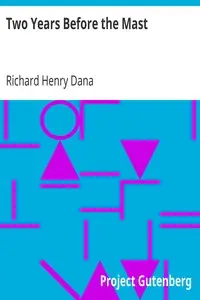"The Mill on the Floss" by George Eliot is a story about the Tulliver siblings, Tom and Maggie, and their journey through childhood and into adulthood in rural England. Growing up near the River Floss, they're faced with trying to meet the expectations of their small-town society while staying true to themselves. Tom strives to prove himself to his father and follow a path that brings him success and social status. Meanwhile, Maggie struggles against the limitations placed on women and desires a world that is beyond the conventions of her time. From the beginning, their paths diverge leading to clashes that test their loyalty and shape their futures as they navigate family loyalty, expectations, class, and love.

The Mill on the Floss
By George Eliot
In an old mill by a winding river, a brother and sister's loyalties are torn between family duty and their dreams, forever altering their destinies.
Summary
About the AuthorMary Ann Evans, known by her pen name George Eliot, was an English novelist, poet, journalist, translator, and one of the leading writers of the Victorian era. She wrote seven novels: Adam Bede (1859), The Mill on the Floss (1860), Silas Marner (1861), Romola (1862–1863), Felix Holt, the Radical (1866), Middlemarch (1871–1872) and Daniel Deronda (1876). As with Charles Dickens and Thomas Hardy, she emerged from provincial England; most of her works are set there. Her works are known for their realism, psychological insight, sense of place and detailed depiction of the countryside. Middlemarch was described by the novelist Virginia Woolf as "one of the few English novels written for grown-up people" and by Martin Amis and Julian Barnes as the greatest novel in the English language.
Mary Ann Evans, known by her pen name George Eliot, was an English novelist, poet, journalist, translator, and one of the leading writers of the Victorian era. She wrote seven novels: Adam Bede (1859), The Mill on the Floss (1860), Silas Marner (1861), Romola (1862–1863), Felix Holt, the Radical (1866), Middlemarch (1871–1872) and Daniel Deronda (1876). As with Charles Dickens and Thomas Hardy, she emerged from provincial England; most of her works are set there. Her works are known for their realism, psychological insight, sense of place and detailed depiction of the countryside. Middlemarch was described by the novelist Virginia Woolf as "one of the few English novels written for grown-up people" and by Martin Amis and Julian Barnes as the greatest novel in the English language.

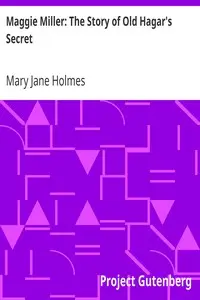
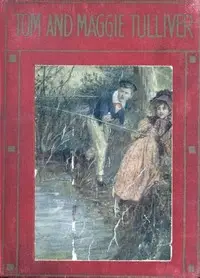


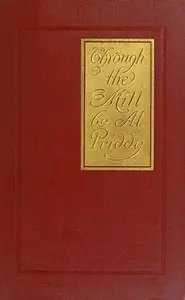

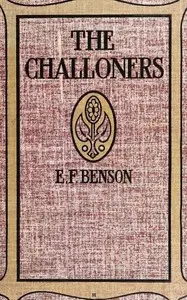

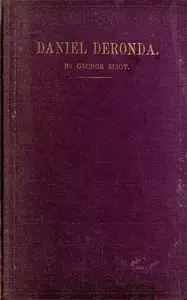






![Faust: a Tragedy [part 1], Translated from the German of Goethe by Johann Wolfgang von Goethe](https://cdn.a2-host.cloud/aVXahljiexfZhC4Ds0TB_hpZCZ5J2CMZmS_FgD07FHk/rs:fill:215:325:0/g:ce/aHR0cHM6Ly9zcC1hc3NldHMuczMudXMtd2VzdC0wMDQuYmFja2JsYXplYjIuY29tL2Jvb2svMTQ0NjAvRmF1c3RfYV9UcmFnZWR5X3BhcnRfMV9UcmFuc2xhdGVkX2Zyb21fdGhlX0dlcm1hbl9vZl9Hb2V0aGVfY292ZXIuanBn.webp)

